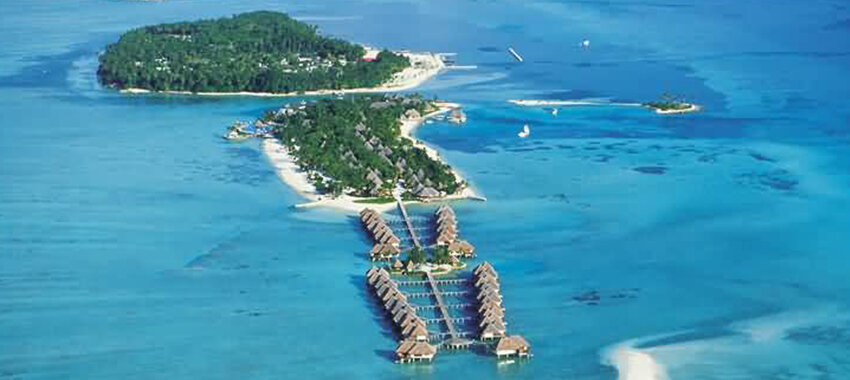Kuda Huraa
The resort island is in the foreground whilst the local’s island Kuda Huraa sits not far behind it.
Several years back, I found myself on a luxury Four Seasons hotel construction site for a month in the Maldives. It was being rebuilt after the Boxing Day Tsunami. With little interest in resort architecture, I was far more captivated by the nearby small island where the locals lived. It reinforced for me the importance of travel outside the controlled bubble of resort living.
Public Spaces:
Limiting cars to the perimeter allowed unfussy but well-maintained paths public and private space were loosely delineated. It was along these edges where interesting, informal community interactions happened.
Recycled Materials:
The building materials were repurposed, at hand, and used with wonderful innovation. Being manipulated to suit the job required of it, a charming, unaffected aesthetic emerged.
Scale:
There was an egalitarian feel to the scale of buildings and spaces. Everybody worked at the resort next door, so any wealth disparity was not on display. Only the community buildings such as the mosque were of a larger - though still modest scale.
Colour:
I loved how colour was used as a simple block colour, or where it was part of a material, left to express its own quirky character and add a sense of exuberance.
Entrances:
Every building had a unique, carefully considered entrance. No matter the circumstances of the owner, the feeling of transitioning from a public into a personalised space was important.






